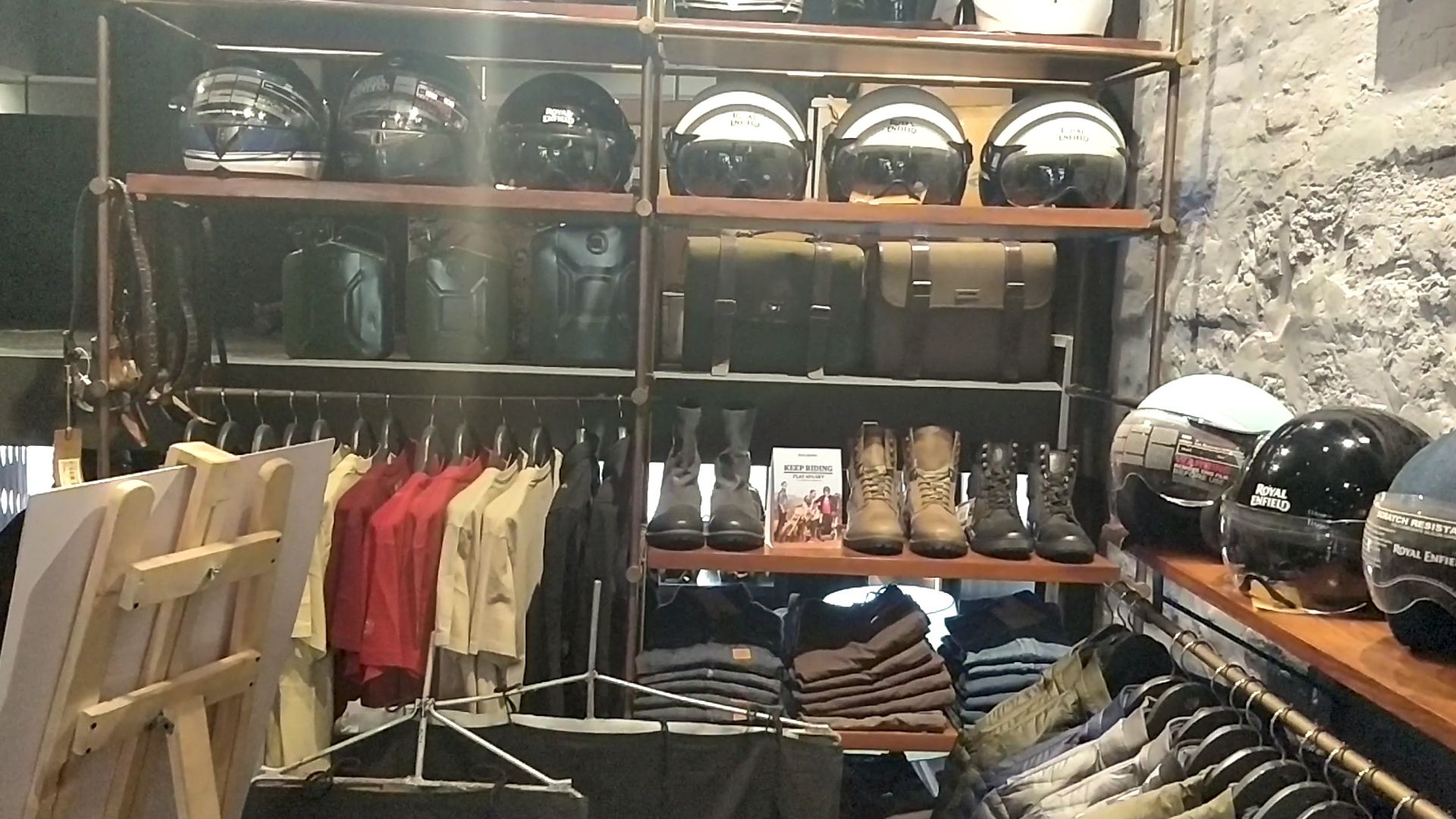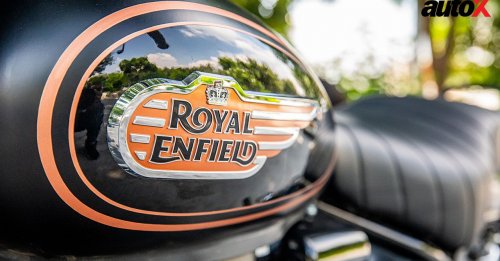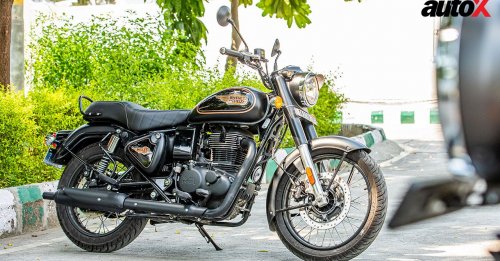
Royal Enfield has always had a cult following, but in the recent years the iconic two-wheeler manufacturer has managed to turn its fortunes around and has become one of the most successful brands in the business. Not resting on its laurels, in the last couple of years, Royal Enfield had decided to a step further and focus on safety gear and make riders aware of the importance of safety gear. The stumbling block usually is the exorbitant price of these gears, which still now remains an expensive investment for a rider. Royal Enfield's Head of Gear (Apparel and Accessories) at Royal Enfield, Samrat Som, speaks to autoX on how the company has managed to keep the gear within the reach of their passionate riders and at the same have made the safety gear both fashionable and comfortable.
Q. Samrat, first thing is that we all know that Royal Enfield is doing and selling a lot of bikes, but how difficult is it to convince a buyer to actually buy safety gear?
A). Yes, it is not easy trying to sell safety gear. As a country and as a population, we don’t really think about safety all the time. We are just getting some traction on helmets, which is essential when you’re on a tourer, especially on a Royal Enfield. Beyond that, we have a lot of enthusiasts and our patrons, who ride long distance and take leisure riding very seriously. So, among that group, we get a lot of traction with our protective gear. Besides that, our aim is to make every day riding a lot safe. We have a whole range of gear like helmets and gloves that enhance your motorcycling experience as we call it.
Q). When a customer walks into the store, what is the first safety gear they look at or buy?
A). We broadly have three types of consumers. We have people who are first looking to buy a Royal Enfield even though they might not have ridden it or are planning to start riding after a long time, we have t-shirts for them to express themselves. Then there are enthusiasts who are riding often, like yourself, particularly taking the time off for riding long distance, we have top-of-the-line technical gear. Then in the middle, we have people who are getting used to the idea of riding. Some might be riding in the weekends or riding out for a day or in the city, it doesn’t matter as we want people to ride and experience leisure motorcycling and also embrace it as a way of life. There is a fair range of them as well. So, we have these three type of consumers coming in.
Q). What is the type of brands do you have? Do you collaborate with any company or manufacture it as yourself?
A). We do both. We collaborated with Rev It when we launched the Himalayan. This also helps us learn what’s all happening in the riding gear industry. But we are also doing our thing, our own research. We are in a curious position as our country is unlike other countries where leisure riding has developed. Typically, if you see, motorcycle jackets are heavy because they were developed for developed countries, they are made for those type of weather. The jackets will have two-three layers, there will be a waterproof and a thermal layer. But for a country which is warm weather 80% of the time, we needed to deconstruct the jacket. All of those layers add cost, therefore, you can’t own a good riding jacket for less than Rs 8,000-10,000. So, we thought yes protection is needed, but if you’re going to a cold place then you can buy the thermal layer separately and wear it. We have also realised that all these jackets are waterproof, but they are ideal for places where it drizzles. But in India, if it rains then it pours and that too it's for a specific time of the year. We also got to know from our riders is that they prefer to wear the waterproof layer rather than wearing it inside. Ultimately, if you take out all these layers out, then you make a far lighter jacket and much more accessible. This straightway cuts down the cost by 30-40% without compromising on the safety as we use the same armour as the Rev It jacket. In fact, Rev It uses something called PWR shield, while we use coruda nylon which is far more superior in terms of abrasion resistance. As we are making it by ourselves, it’s easier to cost it.
Q). Royal Enfield has a variety of gloves, boots and helmets. How do you shortlist your partners and the design of these accessories?
A). We stay true to the brand by sticking to the timeless classic aesthetics. It’s also great for us as it’s not easily available in the market. Let’s take a look at this classic jet helmet. It has a very simple design and has been around for 30-40 years and yet it's still in demand. We take this classic design and improve it for the modern day. The helmet cushions are specially designed for us. They are removable, therefore, they are antimicrobial and washable. Most of our helmets are fibreglass. We work with our manufacturing partners, but the design specifics are completely our own. We decided the materials, shape and what type of visor to use. We have a helmet where you can pick and choose and change the visor.
We have boots that can be worn both for day to day purpose as well for riding. These boots come with toe and ankle protection. We also have regular canvas sneakers, which also come with similar protection for the toe and ankle. The idea here is not to just stamp Royal Enfield brand on boots or shoes because we design them from scratch.



























Write your Comment